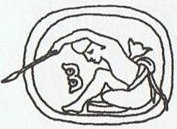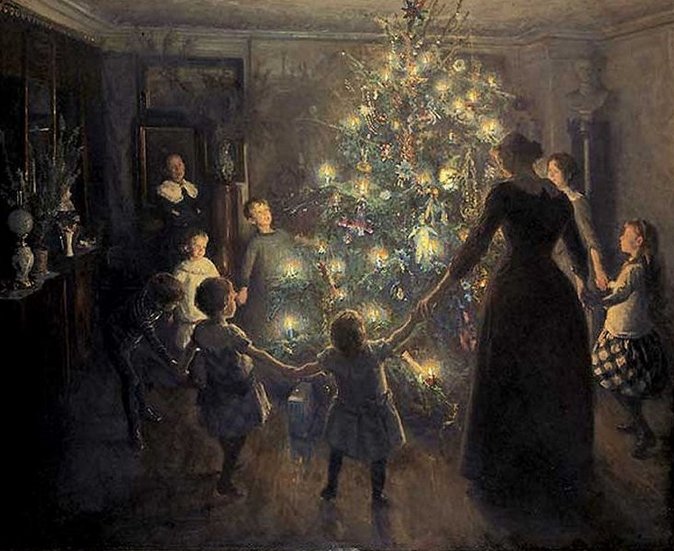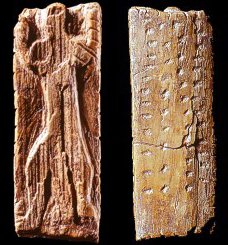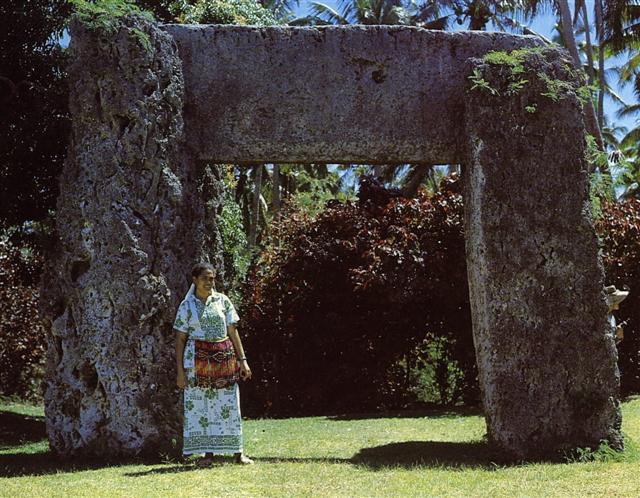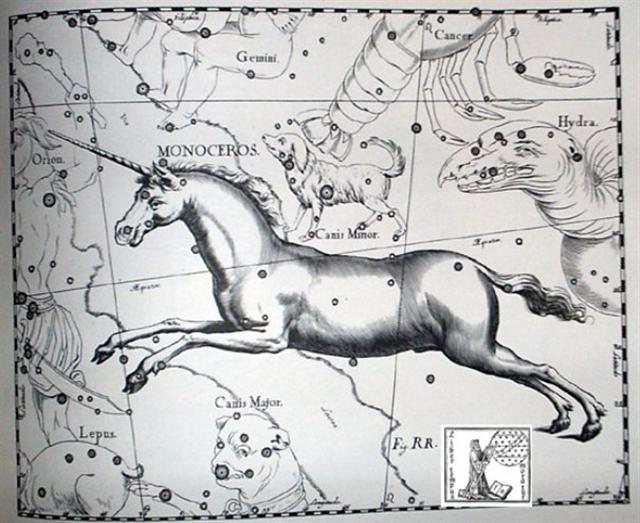|
TAHUA II
60 Today - the calendar hanging on my kitchen wall tells me - the name to remember is Knut. Translated into English it becomes Knot. In other words should this day be a place to associate with (↔) the idea of binding, forcing to a standstill.
... When it was evident that the years lay ready to burst into life, everyone took hold of them, so that once more would start forth - once again - another (period of) fifty-two years. Then (the two cycles) might proceed to reach one hundred and four years. It was called One Age when twice they had made the round, when twice the times of binding the years had come together. Behold what was done when the years were bound - when was reached the time when they were to draw the new fire, when now its count was accomplished. First they put out fires everywhere in the country round. And the statues, hewn in either wood or stone, kept in each man's home and regarded as gods, were all cast into the water. Also (were) these (cast away) - the pestles and the (three) hearth stones (upon which the cooking pots rested); and everywhere there was much sweeping - there was sweeping very clear. Rubbish was thrown out; none lay in any of the houses ... This Mayan account agrees perfectly well with the custom in current day Sweden. For it is said that January 13 is to be counted as day number 20 from Christmas. 365 + 13 = 378 ↔ synodic cycle of the planet Saturn. NOVEMBER 10 (314) + 64 = January 13 (378).
And since 20 = 7 + 13, we should presumably begin to count these 20 days, associated with the current day name Knut, from number 366 - 7 = 359 (December 25 = Christmas Day).
The Julian calendar had March 25 as the day for spring equinox and since the 4 cardinal points of the Sun must follow suit December 25 should be a quarter earlier and June 25 a quarter later.
Implicitly we could also perceive the pattern of 7 + 13 (→ 6 + 7) = 20 as a kind of cosmological constant.
In the ancient mammoth bone calendar we have 39 notches inscribed in this kind of pattern: ... The edges contain a total of 39 notches in groups of 6, 13, 7 and 13 ...
Notably 13 * 7 = 91 (a quarter of 364) and 6 * 13 = 78 → *78.4 at Capella.
... It also was Anuv, and had its constellation's titles I-ku and I-ku-u, - by abbreviation Ku, - the Prince, or the Leading One, the Ram that led the heavenly flock, some of íts titles at a different date being applied to Capella of Auriga... The distance to January 13 should be a sacred number, and indeed we can count to 220 (→ 2 * π) days:
:.. About Carmenta we know from the historian Dionysus Periergetis that she gave orcales to Hercules and lived to the age of 110 years. 110 was a canonical number, the ideal age which every Egyptian wished to reach and the age at which, for example, the patriarch Joseph died. The 110 years were made up of twenty-two Etruscan lustra of five years each; and 110 years composed the 'cycle' taken over from the Etruscans by the Romans. At the end of each cycle they corrected irregularities in the solar calendar by intercalation and held Secular Games ...
By the way, the Swedish word knut also means the corner of a house - or in Polynesian: tara. Tara. 1. Thorn: tara miro. 2. Spur: tara moa. 3. Corner; te tara o te hare, corner of house; tara o te ahu, corner of ahu. Vanaga. Yesterday was a beautiful day with no clouds hiding the sky and a Full Moon was shining. Today is the opposite with a total cloud cover and much less cold, indeed the rains are coming in spite of the winter snows deep outside..This made me realize that I could use my G text translation to find out what stars ruled over January 13. Both the Sun and the fixed stars must follow the same pattern of right ascension. And AD 2024 was a leap year so there should be no difference at all. Indeed January 13 was a corner in time-space because here the Full Moon ought to be at the horn of the Unicorn: ... Near where Osmo's field is bordered. // On the crown the moon is shining. // In the boughs the Bear is resting. ... Then the smith his steps arrested, // In amazement at the pine-tree, // With the Great Bear in the branches, // And the moon upon its summit. ... Then the aged Väinömöinen, // Lifted up his voice in singing: // 'Awake, oh Wind, oh Whirlwind // Rage with great rage, oh heavens, // Within thy boat, wind, place him // Within thy ship, oh east wind // With all thy swiftness sweep him // To Pohjola the gloomy. Then the smith, e'en Ilmarinen // Journeyed forth, and hurried onwards, // On the tempest forth he floated, // On the pathway of the breezes, // Over moon, and under sunray. // On the shoulders of the Great Bear // Till he reached the halls of Pohja, // Baths of Sariola the gloomy ...
|
|||||||||||||||||||||||||||||||||||||||||||||||||||||||||||||||||||||||||

